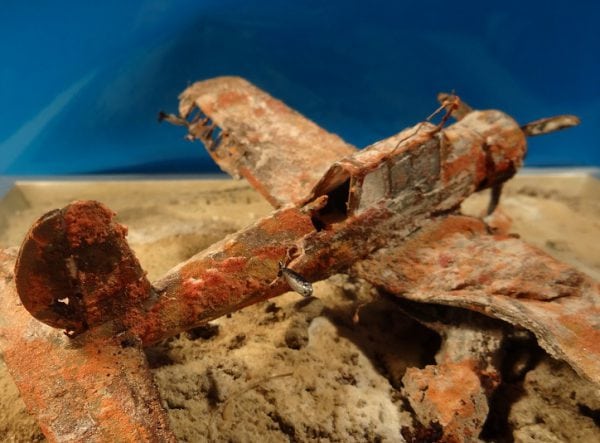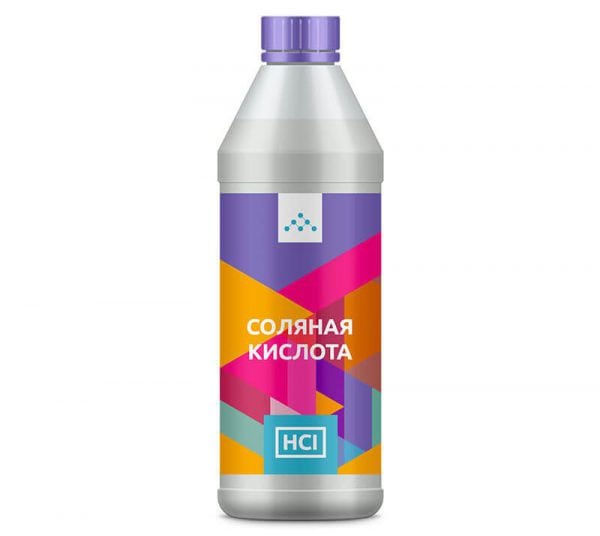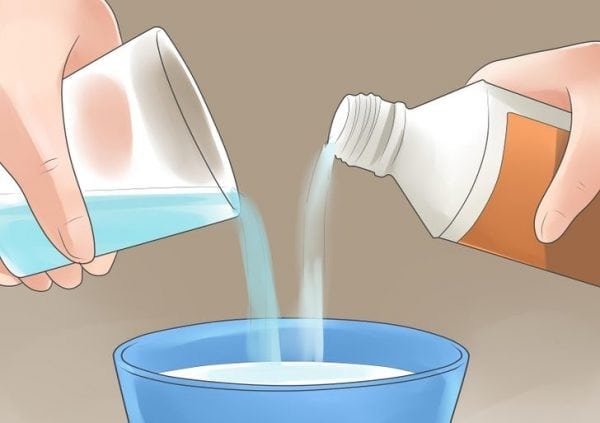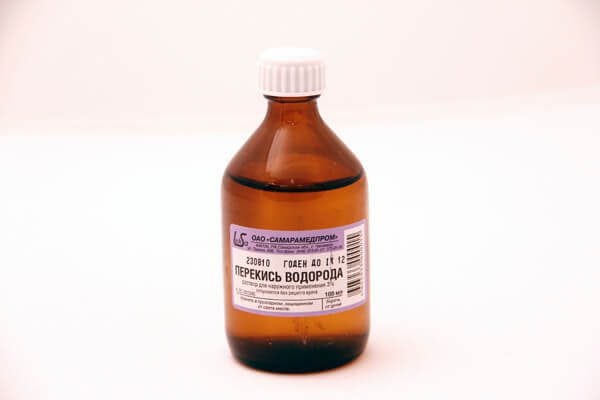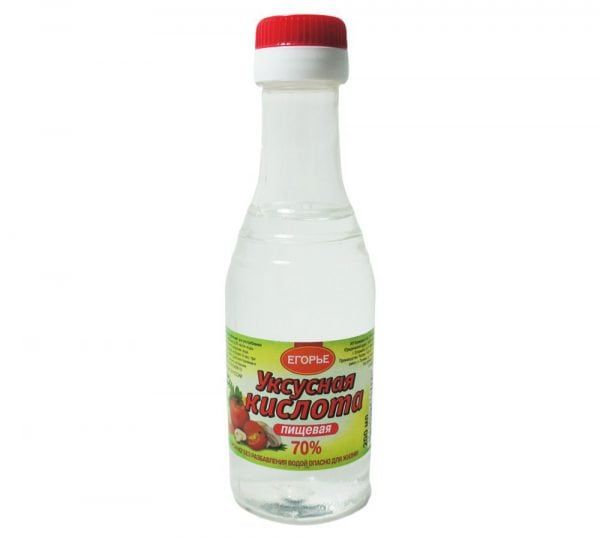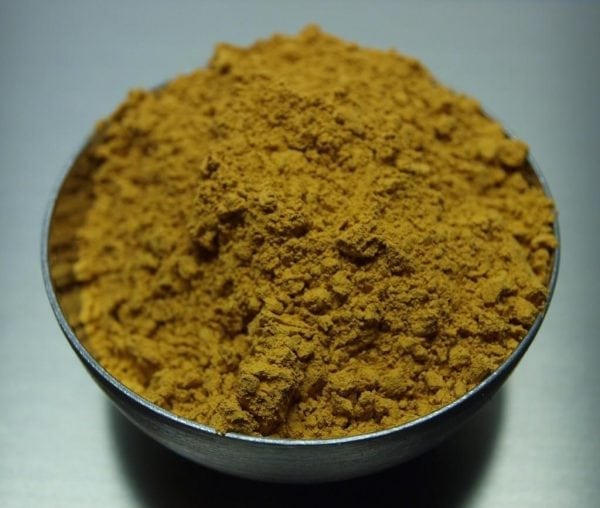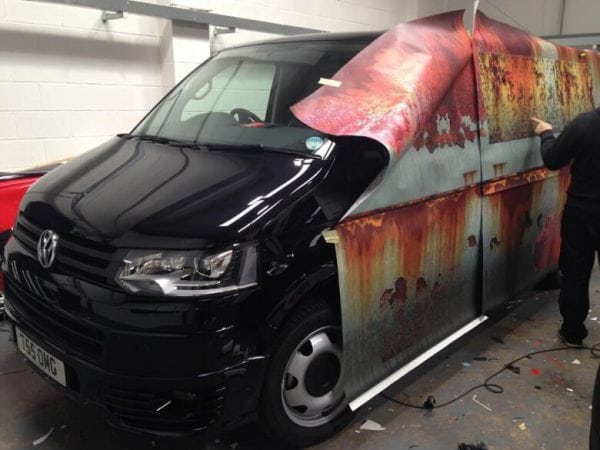In recent years, rusty color has become increasingly popular. You can achieve this color in one of two ways: simulate rusting or rust metal naturally. How to make rust in various ways will be discussed below.
- Natural rust
- Copper Acid Solution
- A solution of vinegar and bleach
- other methods
- Imitation rust
- Rust paint
- Simulated film
- The effect of rust on wooden furniture

Natural rust
This article does not take into account the natural rusting of the metal, which gradually occurs with it under the influence of the environment. It is possible to accelerate the appearance of natural rust by a chemical reaction that will cause metal corrosion.
to contents ↑First of all, you need to make sure that the metal to be rusted is susceptible to corrosion. Metals containing iron are susceptible to rust. However, many materials are resistant to rust, such as stainless steel or chrome alloys. Wrought iron and cast iron lend themselves well to corrosion.
Copper Acid Solution
Instruction:
- Pour 60 milliliters of hydrochloric acid (hydrochloric acid) into a container. In the process, we definitely use protective gloves and glasses.
- Dissolve a little copper in the acid (copper wire, coins, etc.). The container does not need to be closed too tightly, since gases are formed inside the reaction. Thus, after about 7 days we get a solution that provokes corrosion processes.
- We remove the remaining copper from the acid. We dilute a copper-acid solution with water in the following proportion: add 50 parts of water to 1 part acid.
- We clean the metal, which we will rust, from the paint. We wash the surface with soap and water.
- Apply a thin layer of acid to the metal. This can be done using a spray gun or brush. Let the material dry in the fresh air. In this case, as before, do not forget about protective measures (gloves and glasses), as well as good ventilation of the room.
- After about an hour, visible rust will appear on the metal surface. There is no need to wash off the solution, as it gradually disappears naturally. If the formed rust seems insufficient, you can treat the surface again.
A solution of vinegar and bleach
This technique is best suited for metals based on iron or tin. Prerequisite: the surface must not be primed or covered with sealant.
Instruction:
- Mix in a container part of vinegar with two parts of bleach.
- We place the metal in the tank so that it is completely immersed. We are waiting for about half an hour. After this period, rust will appear on the surface.
- Wipe the material with a rag.
- Until the item dries completely, direct contact with it should be avoided so as not to damage the skin with chlorine.
- We fix the rust with a primer. The easiest way will be to apply a primer in an aerosol can.
other methods
The most common methods for accelerating corrosion processes are listed above. However, there are other ways.
Hydrogen peroxide and salt rusting:
- Pour peroxide into the container. It is advisable to use a spray bottle, since in this way it is easiest to apply liquid to the material.
- Well sprayed metal.
- Sprinkle the wet surface with salt. The metal will begin to rust almost immediately. The intensity of rusting depends on the amount of salt.
- Let the metal dry in the fresh air. The surface cannot be wiped before it dries, otherwise rusting will be very uneven. You can wipe the surface only after it has completely dried.
Hydrogen peroxide and vinegar rusting:
- We clean the surface (if necessary).
- We spray peroxide on the surface of the spray gun.
- We spray vinegar on the metal.
- We wait several hours until rust appears.
Rusting with lemon juice and salt:
- Mix 4 parts of lemon juice with 1 part of table salt.
- We process the cleaned surface with a solution. Soon there will be signs of rust.
Imitation rust
In order to get the effect of rust, it is not necessary to spoil the material. Can simulate rusting. Moreover, it is possible to give a rusty appearance to both metal and other materials, in particular wood.
Rust paint
A rusty hue is formed by a mixture of red, yellow and brown pigments. You can also add a little blue - this will give the coating brightness and depth.
There is a natural pigment that without any mixing different colors makes it possible to get a rusty shade. This pigment is called ocher (another name is iron minium), which is a mixture of clay and iron oxide hydrate.
Natural ocher is not an independent type of paint. This is only a component, which in one or another quantity is added to paints and varnishes (paints, enamels) and primers. In addition to this component, other substances are also present in the paints.
The pigment has the following characteristics:
- hiding power - from 60 to 80 grams per square meter;
- oil absorption - from 25 to 35 grams per 100 grams of substance;
- The pH of the aqueous extract is from 7 to 8.
Ocher is characterized by resistance to aggressive chemicals (organic solvents, acids, alkalis), as well as resistance to light and humidity.
to contents ↑Simulated film
You can give the metal a rusty appearance using a special film. Below is an instruction for its use:
- Degrease the surface with alcohol.
- We try on the elements of the film to the surface.
- Moisturize the metal from a special spray gun. The film adheres to a wet surface more efficiently.
- Tear off the film from the substrate.
- First we glue the middle part of the canvas, and then level the edges on the surface.
- Dry the glued film with a hairdryer.
The effect of rust on wooden furniture
Imitation of rust can be carried out not only on metal, but also on wood.
Necessary materials:
- paint (2 types);
- salt;
- sandpaper;
- varnish.
One of the paints should have a color that is most similar to rust. The second paint acts as the main one, it should be suitable for furniture and other accessories in the room.
Before applying the paint rusty, we clean the surface of the wood from all defects. You can also lacquer wood. Next, paint the furniture with rust paint and wait until the surface dries slightly. On a still dry surface, apply a layer of table salt.
When the surface with the salt applied to it dries, we apply the main paint. Wait for the surface to dry. After that, remove the salt with fine-grained sandpaper. If all the salt cannot be removed, an effect of light roughness is formed, which will more strongly emphasize the rusty color.The last step is to treat the wood with a protective layer of varnish.
The rust effect will give any product a completely unique look. And you can do it all yourself. The main thing in the process is to comply with the technological process and adhere to protective measures, since in many cases it will be necessary to work with chemicals unsafe for health.

